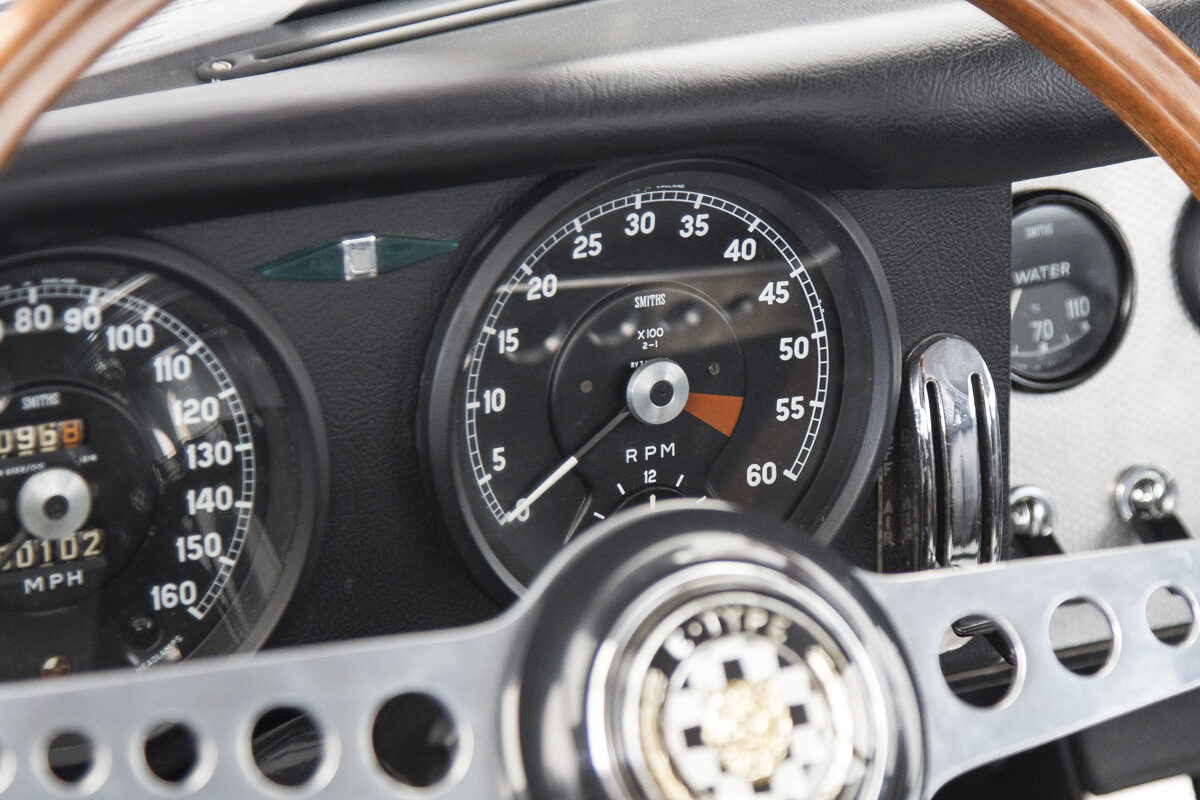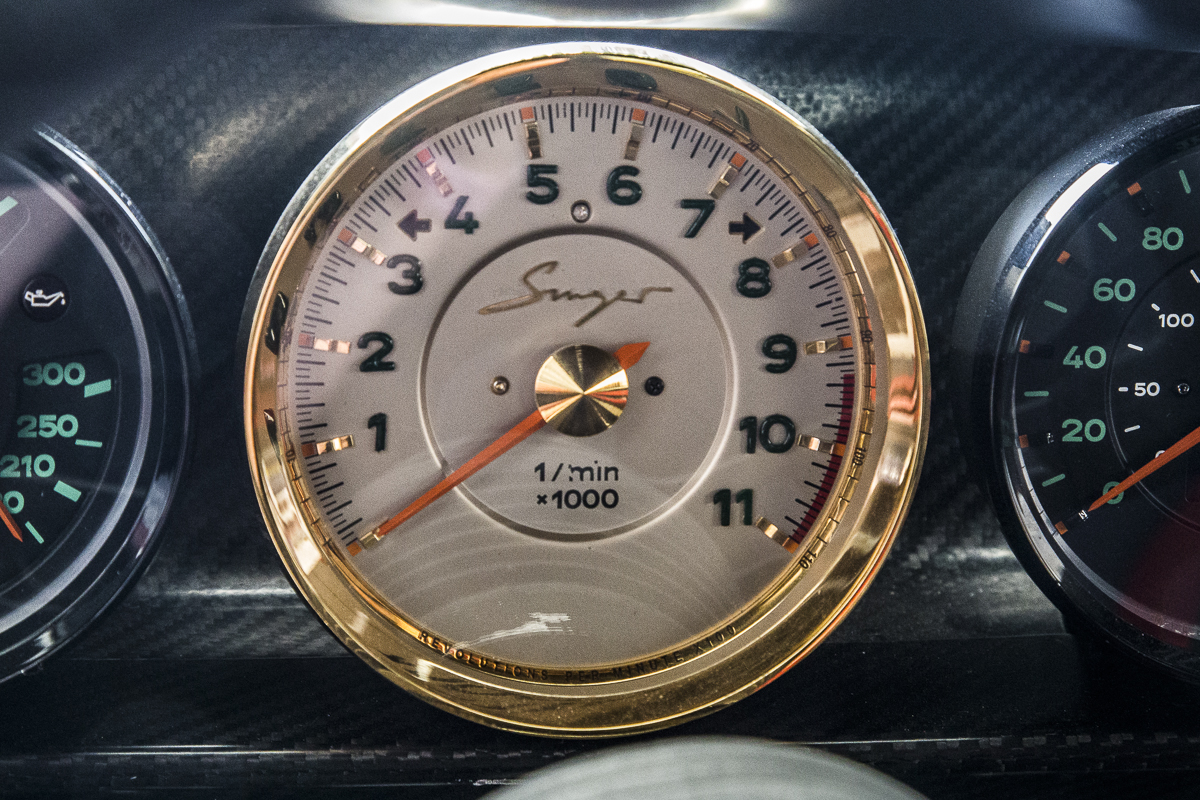
The History of the Tachometer
A review of the history of the Tachometer, looking at the origins of one of the most used gauges in the world.
The first Tachometer is widely considered to have been developed by the German engineer, Dietrich Uhlhorn in 1817. Uhlhorn needed a gauge to measure the speed of machines. Little did he know that within 200 years this simple device was going to be a standard feature on vehicles driving in every continent on the Earth.
The Tachometer is an instrument that measures the rotation speed of a shaft or disk. It is also known by several other terms including a rev-counter and RPM gauge. The gauge usually displays the revolutions per minute (PRM) on a calibrated analogue dial. On a vehicle, such as a Car or Motorcycle, the Tachometer measures the rate of rotation of the engine’s crankshaft. With a Tachometer, driver’s are able to assess the ‘engine speed’ and change the gearing ratio accordingly. Each Tachometer indicates the maximum RPM for that particular engine. Exceeding this limit may result in either engine damage or total failure.
The Tachometer was first used to measure speed on a vehicle (a locomotive) in 1840. Even though the first petrol or gasoline powered automobile was developed in 1886 (by Karl Benz), it is unclear when the first car featured a Tachometer.
The types of tachometers commonly found are mentioned below:
Early models of tachometers depended on a geared rotating mechanical drive taken from some moving part of the engine, such as the flywheel, camshaft, fan pulley, etc. The drive rotated a magnet, thus inducing eddy currents in an aluminium disc, much like a speedometer, but the scale was marked in revolutions per minute. The modern type tachometer is electronic, using a magnetic pickup positioned near a rotating engine part to produce electrical pulses at a frequency proportional to the engine speed.

The Smith’s Instruments version of the Impulse Tachometer is featured on the E-Type Jaguar. Two pairs of connections were required, one pair for the supply leads and the other for the pulse pick-up leads. The pulse leads were, in fact, one continuous wire with a loop (forming the primary winding of a transformer) taken around a soft iron core projecting from the rear of the tachometer casing. The advantages of this type of signal pick-up were that there was no break in the ignition wiring, so a break in the tachometer circuit would not affect the ignition; and that there is no direct electrical connection to the ignition from the tachometer circuit.
CAI and Smiths have designed and supplied Tachometers for specialist vehicles producers including:
Each Tachometer is designed to reflect the style and unique look and feel of each vehicle. For us, a Tachometer is far more than just a gauge to measure the RPM.
For further information on Tachometers for Cars or Motorcycles, please view the dedicated sections on our website, or gauges in general please contact us by:
Phone: +44 1639 732200
Email: [email protected]